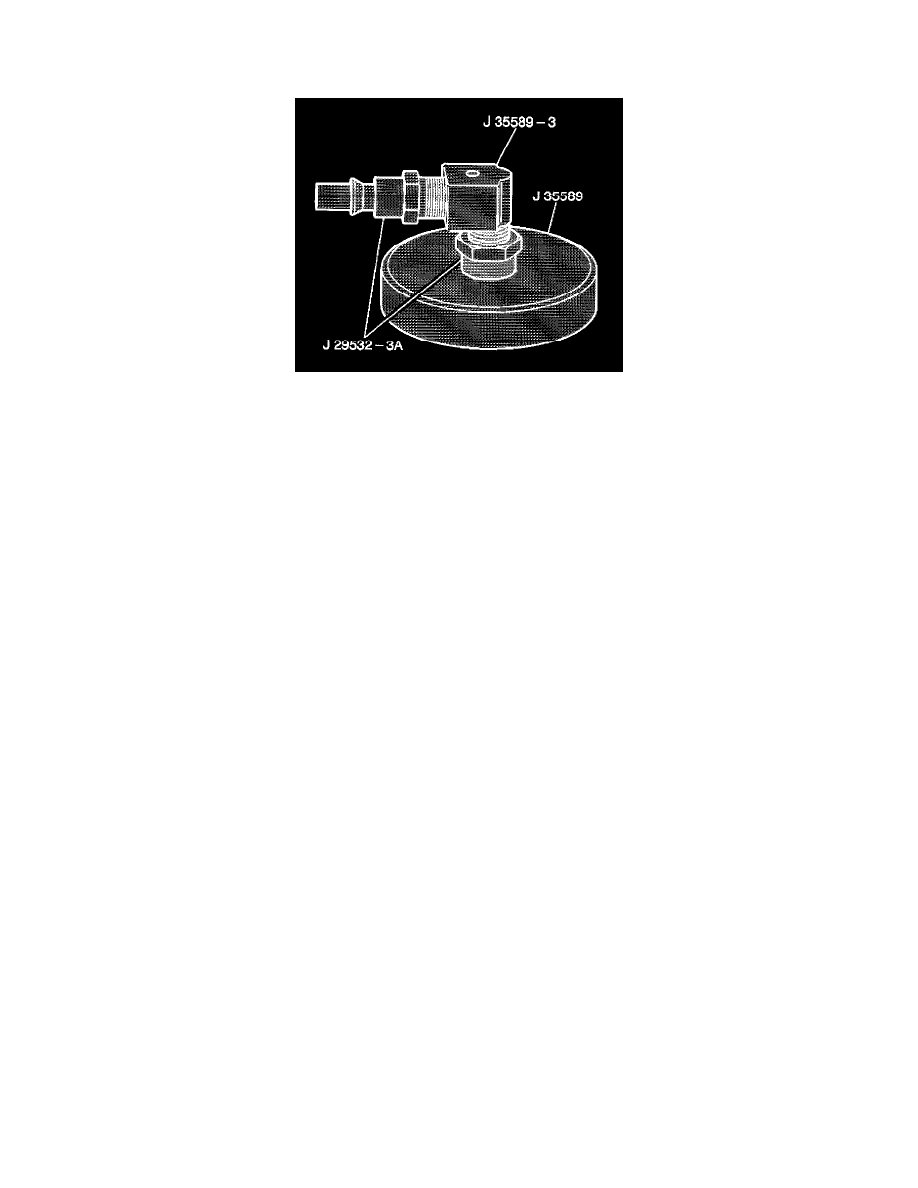Monte Carlo V6-3.4L VIN E (2000)

Brake Bleeding: Service and Repair
Manual and Pressure Bleeding Procedures
Caution: Do not move the vehicle until a firm brake pedal is obtained. Air in the brake system can cause loss of brakes with possible personal injury.
Caution: Use only SUPREME II or equivalent DOT 3 brake fluid from a clean, sealed container. Do not use fluid from an open container that may
be contaminated with water. Improper or contaminated fluid will result in damage to components or loss of braking, with possible personal injury.
Caution: Do not overfill the brake fluid reservoir. Overfilling the brake fluid reservoir may cause the brake fluid to overflow onto the engine exhaust
components during brake system service. The brake fluid is flammable and may cause a fire and personal injury if the brake fluid contacts the engine
exhaust system components.
Notice: If any brake component is repaired or replaced such that air is allowed to enter the brake system, the entire bleeding procedure must be
followed.
Notice: Avoid spilling brake fluid on any of the vehicle's painted surfaces, wiring, cables, or electric connectors. Brake fluid will damage the paint
and the electrical connections. If any fluid is spilled on the vehicle, flush the area to lessen the damage.
Notice: Prior to bleeding the brakes, the front and rear displacement cylinder pistons must be returned to the topmost position, The preferred method
uses a Scan Tool to perform the rehorning procedure. If a Scan Tool is not available, the second procedure may be used, but it is extremely important
that the procedure be followed exactly as outlined.
A bleeding operation is necessary in order to remove air when air is introduced into the hydraulic brake system.
Bleed the hydraulic system at all four brakes if air has been introduced through a low fluid level or by disconnecting brake pipes at the master
cylinder. If a brake hose or brake pipe is disconnected at one wheel, bleed only that one wheel caliper. If brake pipes or hoses are disconnected at any
fitting located between the master cylinder and the brakes, then only bleed the brake system served by the disconnected pipe or hose.
With Scan Tool (Preferred Method)
Refer to Automated Bleed Procedure.
Without Scan Tool
Notice: This method can only be used if the amber ABS warning indicator is not illuminated and no DTCs are present.
Important: Do not place your foot on the brake pedal through this entire procedure unless specifically directed to do so.
1. Remove foot from the brake pedal.
2. Start the engine. Allow the engine to run for at least ten seconds while observing the amber ABS warning indicator.
3. If the amber ABS warning indicator turns on and stays on after ten seconds, stop the bleeding procedure. Use a Scan Tool in order to diagnose the
ABS malfunction.
4. If the amber ABS warning indicator turns on for approximately three seconds, then turns off and stays off, turn the ignition off.
5. Repeat the previous four steps one more time.
6. Bleed the entire brake system.
Pressure Bleeding
^
Tools Required
-
J 29532 Diaphragm Type Brake Bleeder
